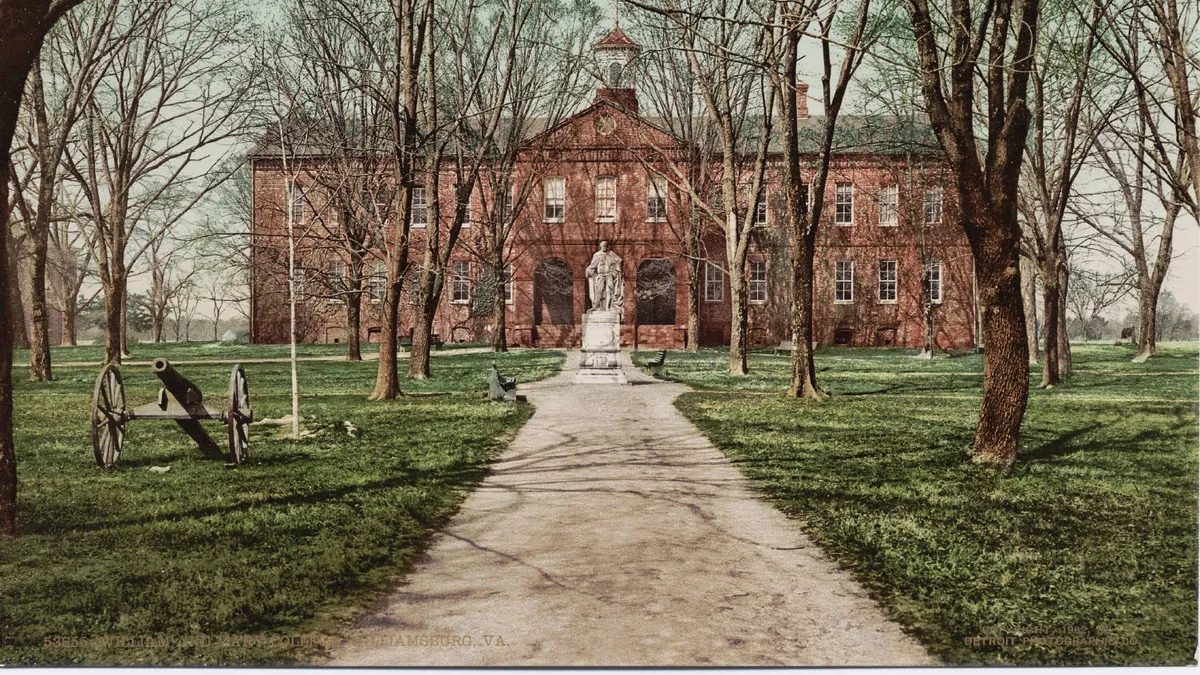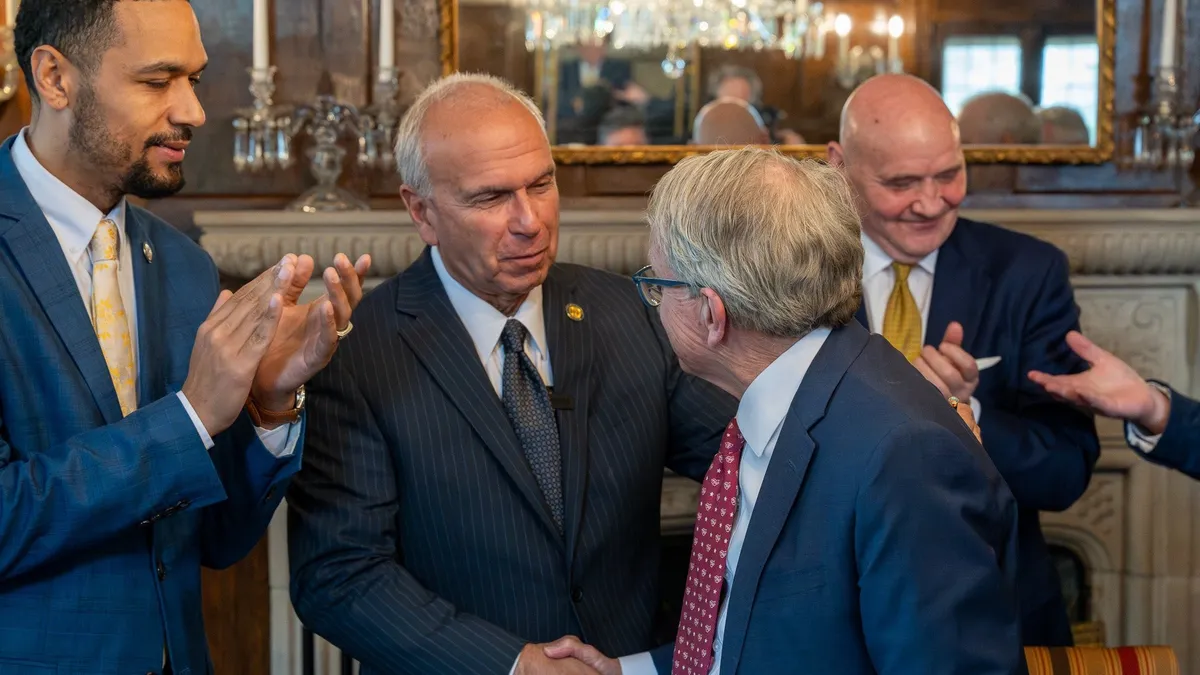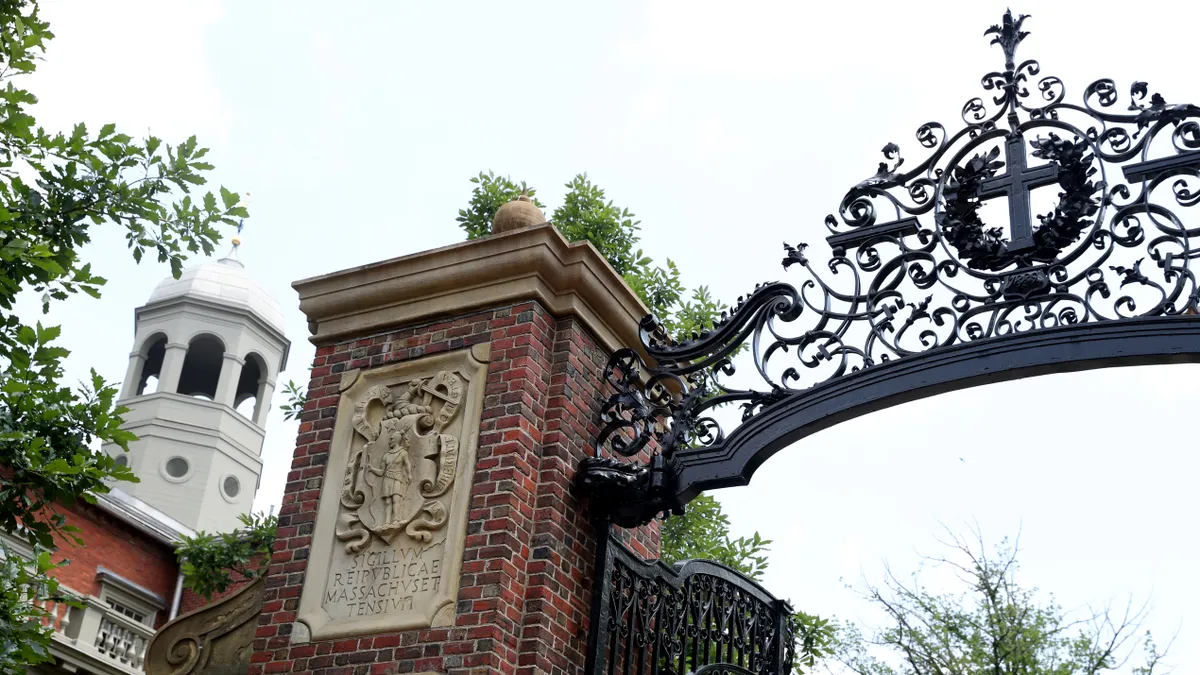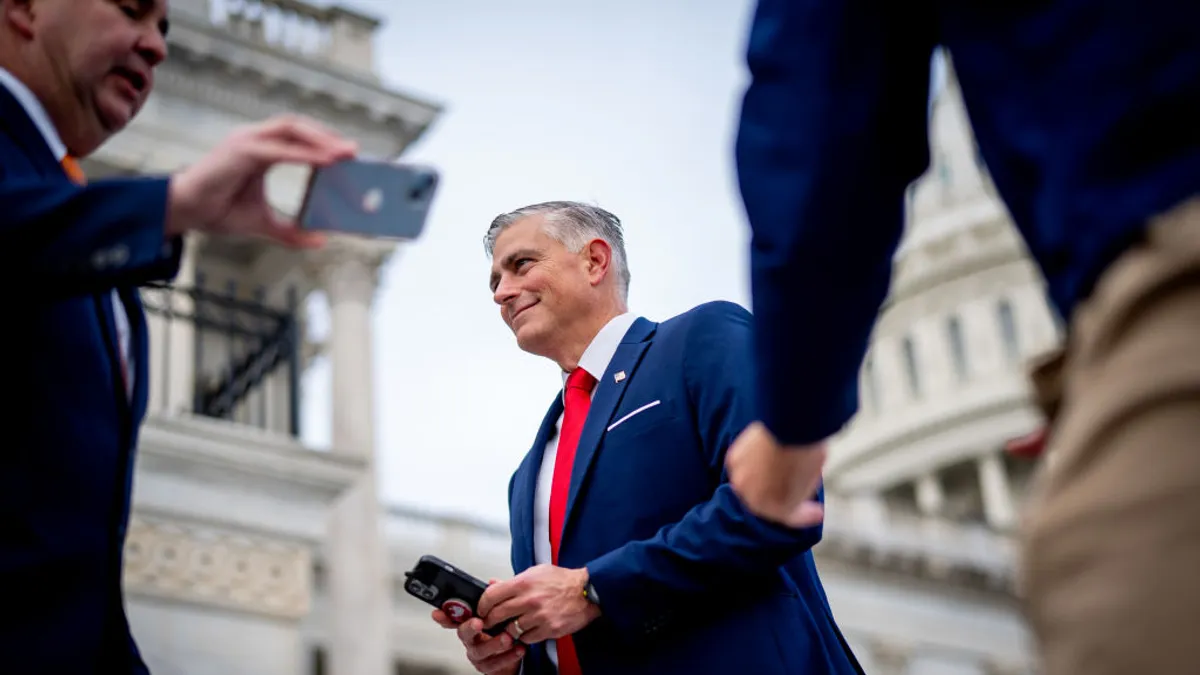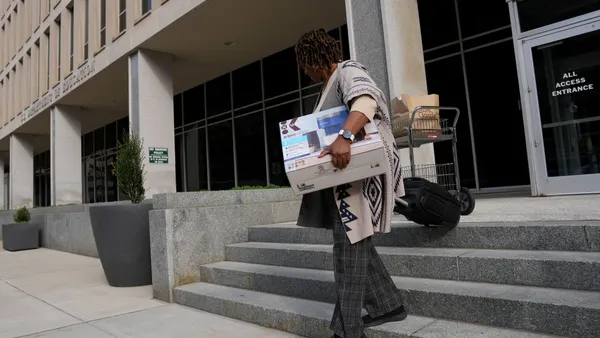College presidents face many challenging issues in the years to come. Public and private colleges and universities throughout the country are finding it necessary to raise tuition in response to increased expenses, more financial aid for students and lower levels of enrollment. Presidents find themselves facing immediate crises and shorter tenures, and numerous college presidents throughout the country will be retiring in the coming years, leading to significant amount of turnover in a relatively short time.
In light of the challenges, the Aspen Institute assembled a report analyzing the findings of a 35-member task force to investigate what colleges and presidents can do to help future presidents prosper in an increasingly fracturing industry. The members included presidents from an array of public and private institutions, from schools specializing in research to universities focused on the liberal arts. Josh Wyner, the Aspen Institute’s executive director, said the report was based on the dual challenges of high turnover in a shifting environment.
“The common conclusion is that things are changing pretty rapidly,” he said. “There are a whole host of new competencies that are needed that current presidents could use more development on.”
Wyner said that the prototypical pathway to the presidency through the dean and provost offices retained some strengths, including an embedded understanding of the internal processes of the particular university. But college presidents need support in adapting to drastically increased pressures from the outside world.
“I think the number of audiences the president has to speak to has accelerated,” Wyner said, noting that presidents are often required to act as college spokespeople to alumni, staff, students, corporations and legislators. “I think there are more folks to communicate with, and the ability to control a message has been reduced.”
College presidents commencing their tenure in the coming years will be faced with a bevy of issues likely to cause fractious debate and could lead to unpopular decisions. The next round of presidents will likely be the ones who face the stiffest tests in the ongoing college affordability crisis. Freeman Hrabowski, president of the University of Maryland, Baltimore County, represented research universities on the task force, and said it was essential to ensure that college presidents had the time and latitude to adapt during a process that could not be accomplished immediately.
“We have to build relationships with alumni, and legislators and corporate partners, and we have to make sure we are supportive of teachers on campus and their support. It’s a matter of balance. Becoming successful will take years as you experiment,” he said. “That’s why you keep talking to people and have them embrace the problem with you.”
Hrabowski pointed towards UMBC’s reliance on shared governance as a way college presidents could equip themselves. For college presidents to be impactful, they must break the burgeoning trend of shortened tenures in order to enact stable, long-lasting changes to the institution. Hrabowski said shared governance would help realize this goal, enabling colleges to operate without an “us vs. them” atmosphere that could endanger progress.
The study also indicated that few individuals in positions that typically led to college presidencies, such as provosts, were seeking to fill the upcoming vacancies, and that lack of typical applicants can offer an opportunity to diversify the makeup of college presidencies throughout the country, a profession that has remained largely homogeneous. The study found only 4% of college or university presidents are black, while only 4% are Hispanic.
The task force recommended that college presidents select several exceptional individuals from a college’s faculty and staff and introduce them to a leadership development program, particularly focusing on female candidates and candidates of color. The task force also advised that higher ed institutions partner with outside organizations to build professional development programs for nontraditional candidates that could help them more easily transition into the role of a college president.
The study decried the fact that there were few points of entry for nontraditional candidates from outside the academy setting and hoped colleges, organizations and businesses alike could form more pipelines. Hrabowski stressed that while such partnerships were important, colleges and universities could do more to diversify the college presidents in the country by continuing to diversify staff at colleges and universities.
“We have to be creative in diversifying the faculty generally,” he said. “As we talk about producing more presidents of color and leaders of color, we need to make sure we are giving those people the opportunity to become tenured faculty members, because those are the most respected positions on campus.”
The long-term challenges college presidents will face also include increased competition from other sources and institutions. Some experts have expressed concern that businesses like Amazon could be direct competitors to higher education institutions within a decade while online learning continues to eat away at enrollment and revenue sources. David Oxtoby, the president of Pomona College in Claremont, CA, is in his 14th and final year as president, and said that the financial realities bearing down on presidents in the coming years could substantively transform their jobs.
“The cost pressures are very significant. In the past, it was ‘let’s think of some big blue-sky initiatives that would advance our institution,’” he said. “Now, if we want to do something new and different, we need to take a look at everything. It isn’t always going to be adding on, it’s going to be more replacing.”
In speaking about the task force’s findings, Wyner continued to stress the uniquely transitional moment higher ed finds itself in, as a high rate of college president turnover stirs well-placed anxieties but also cautious optimism about strides that can be taken with greater purpose and speed, provided new pipelines exist to support presidential candidates.
“There’s just a huge opportunity right now,” he said. “There’s an opportunity to think about what we need in the next generation of college presidents.”


